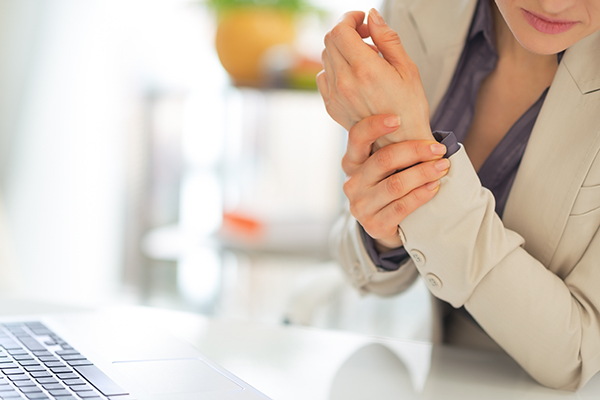Paresthesia
Paresthesia Definition, Types, Causes, Diagnostic Procedures, and Treatment
What is paresthesia?
Paresthesia and the loss of sensation in a certain area of the body are two of the most frequently noted disturbances in sensation.
The paresthesia definition refers to a burning or prickling sensation that is usually felt in the hands, arms, legs, or feet, and can also occur in other parts of the body. The sensation is usually painless and described as tingling or numbness, skin crawling, or itching. The manifestation of a paresthesia may be transient or chronic and may have any of dozens of possible underlying causes.
Types of Paresthesia
-
- One of the most common kinds of paresthesia is the feeling as if a part of the body is "asleep" or the feeling of "pins and needles".
-
- Another relatively common paresthesia is "formication." This is the feeling of having bugs or insects crawling over and/or under the skin.
The Paresthesia definition is described as a sensation of burning, pricking, prickling, creeping or tickling on the skin without a cause. It is most often related to irritation or injury of a nerve root or a sensory nerve. A paresthesia might come and go, or it may be chronic.
It’s not always possible to determine the cause of paresthesia. Temporary paresthesia often happens because of a pressure on a nerve or brief periods of poor circulation. This can happen when you fall asleep on your hand or sit with your legs crossed for too long. Chronic paresthesia may be a sign of nerve damage.
Two types of nerve damage are radiculopathy and neuropathy inflatable kraken.
-
- Radiculopathy is a condition in which nerve roots become compressed, irritated, or inflamed. This can occur when you have a herniated disk that presses on a nerve, a narrowing of the canal that transmits the nerve from your spinal cord to your extremity, any mass that compresses the nerve as it exits the spinal column.
-
- Neuropathy, on the other hand, occurs due to chronic nerve damage. The most common cause of neuropathy is hyperglycemia.

Causes of Paresthesia
Chronic paresthesia is often a symptom of an underlying neurological disease or traumatic nerve damage. Paresthesia can be caused by disorders affecting the central nervous system, such as:
-
- Stroke and transient ischemic attacks (mini-strokes) wherein blood flow to the brain is cut off and causes damage.
-
- Multiple sclerosis, transverse myelitis, and encephalitis are diseases of the central nervous system that affects the way your body feels.
-
- A tumor or vascular lesion pressed up against the brain or spinal cord can also cause paresthesia.
-
- Nerve entrapment syndromes, such as carpal tunnel syndrome and
-
- Sciatica can damage and cause pressure to the peripheral nerves that cause paresthesia accompanied by pain.
-
- Diabetes mellitus is a blood sugar disorder that damages the nerves over time.
-
- Lack of some vitamins, especially low levels of vitamin B12 can also cause numbness sensations.
-
- Certain medications such as some types of chemotherapy, antibiotics, and anti-seizure medications that cause nerve irritation or damage can eventually cause paresthesia.
Diagnostic Procedures
Diagnostic evaluation of Paresthesia is based on determining the underlying condition causing the paresthetic sensations. An individual's medical history, physical examination, and laboratory tests are essential for the diagnosis. Physicians may order additional tests depending on the suspected cause of the paresthesia. The nerve conduction study usually provides useful information for making a diagnosis. A CT scan and MRI is sometimes used to rule out some causes from the central nervous system.
Treatment for Paresthesia
Depending on the results, they may refer you to a specialist, such as a neurologist, orthopedist, or endocrinologist. The appropriate treatment for paresthesia depends on accurate diagnosis of the underlying cause. In many cases, paresthesia goes away on its own. Medications offered can include the immunosuppressant prednisone, intravenous gamma globulin (IVIG), anticonvulsants, and antiviral medication, depending on the underlying cause. If your paresthesia is due to an underlying disease, getting treatment for that disease can potentially ease the symptoms of paresthesia. Your individual circumstances will determine whether your symptoms will improve. Some types of nerve damage are irreversible.
The prognosis for those with paresthesia depends on the severity of the sensations and the associated disorders.






